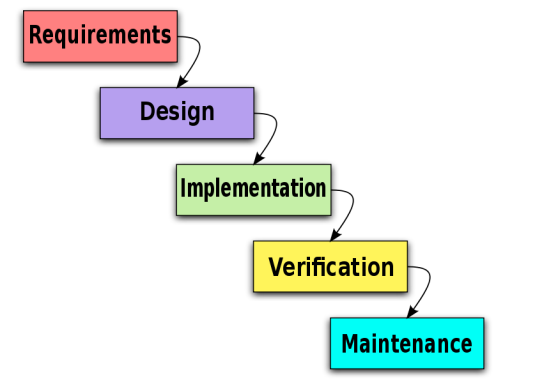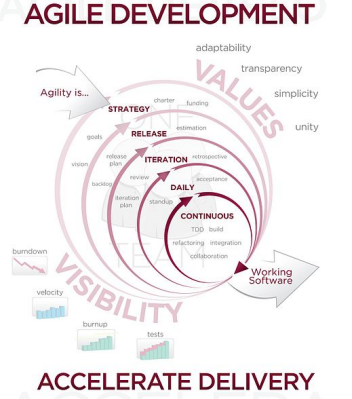The traditional waterfall model consists of long design, implementation, verification cycles that much be completed before any sort of product could be released. Far too often if you are late to market, you are toast. The frightening truth is that consumers are fickle – quickly losing interest in products that are late to market is just a fact of life that we all must deal with. How do companies make sure they don’t lose out? By adopting agile.

The premise of agile is based on a few key concepts and roles that include:
• Sprint: A specific time period where a team commits to having a given amount of work completed.
• Task/User Story: A definitive amount of work that includes specific outcomes for the designated time period – think of it as a difficulty rating for tasks.
• Story Points: The amount of effort it will take to get an allocated amount of work done.
• Standup: A daily meeting where team members share what they accomplished the day before, their priorities for the present day, and any issues that may impeded future progress.
• Sprint Commitment: A meeting that is held to understand what tasks teams are committing to for upcoming sprints.
• Sprint Review: Team members review the accomplishments on incompletions from their previous sprints to better understand how teams can improve for the next sprint.
The key to being an agile company is taking this methodology and adapting it in a way that works for your particular industry, company, and team. We all know that no one works in exactly the same way to quote the old cliché “different strokes for different folks”. Becoming an agile company is no different. It is a methodology that needs constant iteration until you find that right mix that works best for your team.
Your Turn
Currently undergoing the switch to Agile? How are you and your company managing it?
Feel like making the change to agile isn’t right for you? Why?


